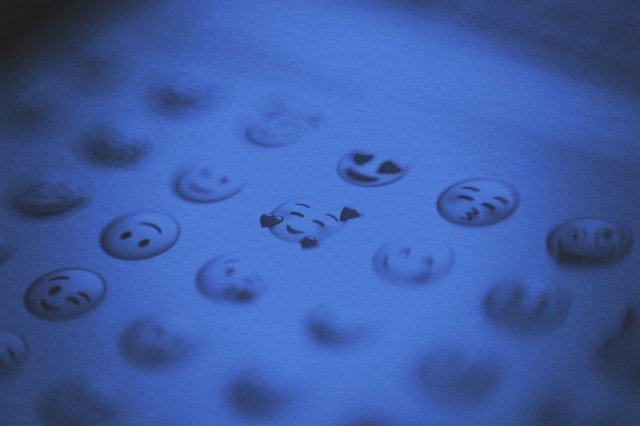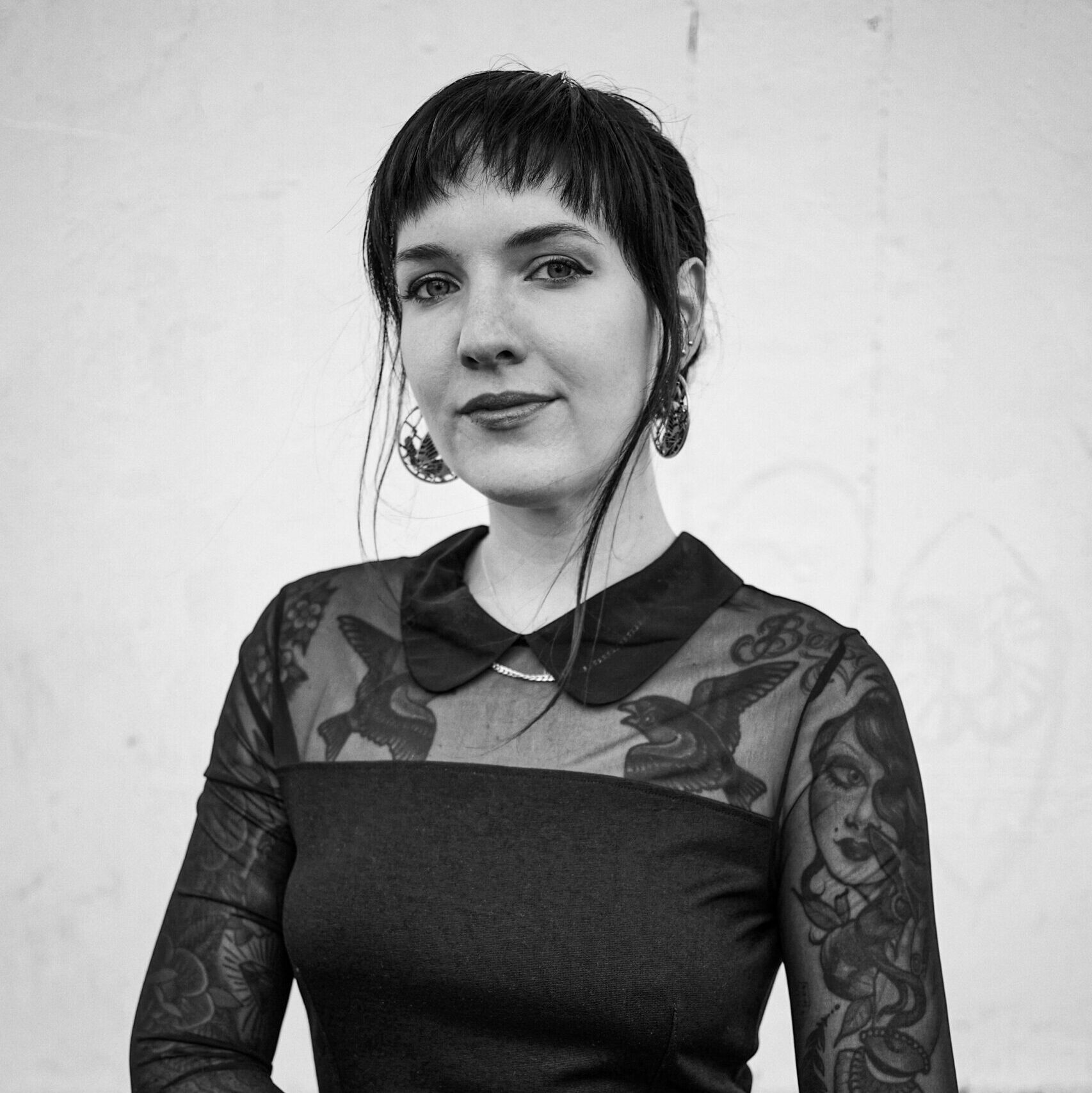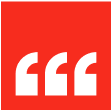
The rules of digital communication are constantly changing, and as soon as you learn an abbreviation for one thing, it might mean something new. And while emojis are pictures, not words, the rules are changing in the same way. These little icons might look like one thing, but they can be used to suggest multiple meanings.
Consider the house emoji (🏡) — it can represent a building, of course, but it also has gained another usage in the last few years. Work colleagues might add it to their calendars to let teammates know that they’ll be working from home on a particular day, for example. Here’s a list of other emojis with unspoken and alternative meanings you might not know about. If you choose to sprinkle your texts and social media posts with them, exercise caution, lest you be misunderstood.
🙃 Upside-Down Face
The upside-down smiley face emoji articulates dark humor and sarcasm. It’s not to be used when you’re being genuine or heartfelt. You’d be smart to avoid it in professional communication, too, unless your office has more of an edgy vibe.
😂 Face With Tears of Joy
For younger texters, the face-with-tears-of-joy emoji (also known as the crying-laughing emoji) doesn’t mean they’re actually laughing — it’s typically used by Gen Zers when something is decidedly unfunny. If you’re actually ROFL (rolling on the floor laughing), you might consider using the skull emoji (💀), which implies something is “so funny I could die.”
🐐 Goat
The goat emoji is always a compliment. “GOAT” is an acronym meaning “greatest of all time,” so if you receive a goat emoji, you’re doing something right.
🐝 Honeybee
Along with the lemon emoji (🍋), for the 2016 album Lemonade, the honeybee emoji ( 🐝) has been adopted by Beyoncé’s fan base, also known as the BeyHive (pronounced “bee hive”). They’ve been known to swarm social media with bee emojis whenever someone comes for their queen, such as when Emma Watson publicly criticized Bey for appearing to cater to the male gaze.
🥑 Avocado
Here’s a cute one that’s popular on Snapchat — the avocado emoji (🥑) is frequently used to denote someone as your better half.
💅 Nail Polish
While you could use this to communicate the experience of getting your nails done, the nail polish emoji (💅) often carries a more sassy connotation. It’s used to articulate being unbothered, indifferent, or somehow above a certain situation or conversation. There’s also another rising niche usage of people dropping the emoji to self-identify as part of the LGBTQ+ community.
💢 Anger Symbol
This emoji usage has Japanese origins, particularly in anime and manga. It’s meant to resemble the veins that appear on a manga character’s face when they’re angry — you can use it to let your friends know when you’re stuck on the bus and getting frustrated that you’re running late.















